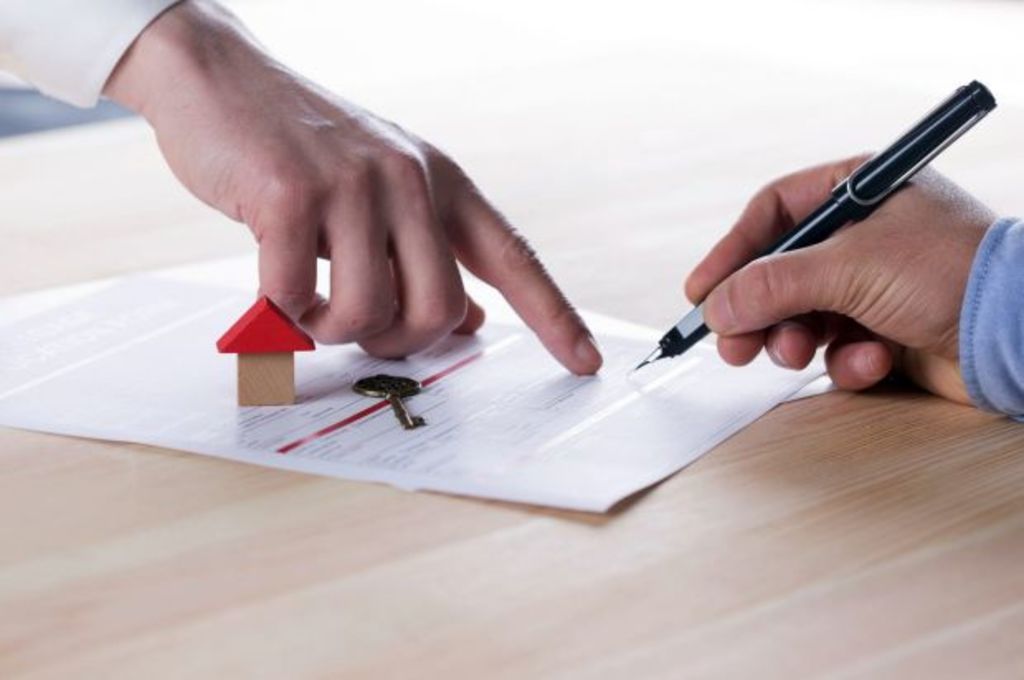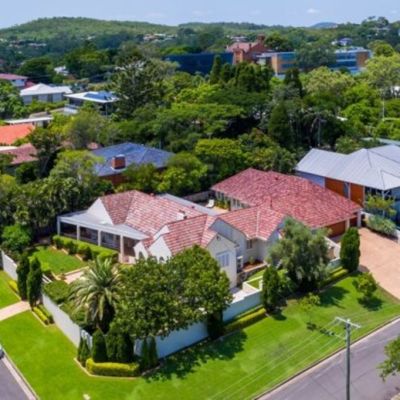Can you improve your property's valuation?

Whether you’re a homebuyer or a homeowner wanting to refinance, valuations can result in you uncomfortably sweating on that all-important final number.
But, while valuers are professionals who clearly know what they’re doing, are there any strategies to improving your valuation?
Should you highlight every single improvement when the valuer is on-site or is it best to leave them alone so they can get on with the job?
Herron Todd White national director Valuation Tony Higgs says it can be beneficial for owners to be on-site but you don’t want to be over-eager.
“Obviously we’re trying to get as much information as we can while we’re on-site and if the owner is constantly following us around and going, ‘This is the toilet. This is the laundry’, well, those sorts of things we can work out for ourselves,” he says.
“It’s those things that they’ve done recently that they want to point out to the valuer, which is great, and that’s the stuff we want to know.”
Highlighting improvements which might be not immediately visible, such as solar panels, is also a good idea, Higgs says.
For properties that have been recently renovated, Higgs suggests owners mention the improvements at the start of the valuation process and then point them out once the valuer has moved inside the property.
Higgs says being on-site during the valuation not only allows owners to provide relevant information to the valuer, it also helps them to understand the process.
“For the owner, it’s always beneficial for them to be on-site because they can get an understanding of what the valuer has done while they’ll out there,” Higgs says.
“If they’re there with the valuer at the time, and if there are issues that they want to raise, that’s the best time to flag them.”
Metropole Brisbane Director Shannon Davis meets valuers on-site to point out improvements as well as to provide information about comparable properties.
And he’s not afraid to challenge a valuation that’s nowhere near his own research.
“There can be some valuations that are way off. We’ve challenged valuations before, especially near the turn of the market,” he says.
“You might have someone who’s just out of the odds who brings it in $20,000 or $30,000 under, but we’re at the market coalface day in and day out.”
One such valuation, Davis says, was a valuer who missed one bedroom entirely and therefore came in about $70,000 below the expected value.
Insisting on an on-site rather than kerbside or desk-top valuation could help to reduce mistakes and also potentially improve the end result, Davis says.
“I think wherever possible, it’s worthwhile to meet the valuer at the property and show them through the scope of works and bring a list of comparables as well,” he says.
“Also (challenging a valuation) might cost a little bit more… but spending money to get access to more money can be really worth it if you’re acquiring an appreciating asset.”
We recommend
We thought you might like
States
Capital Cities
Capital Cities - Rentals
Popular Areas
Allhomes
More










